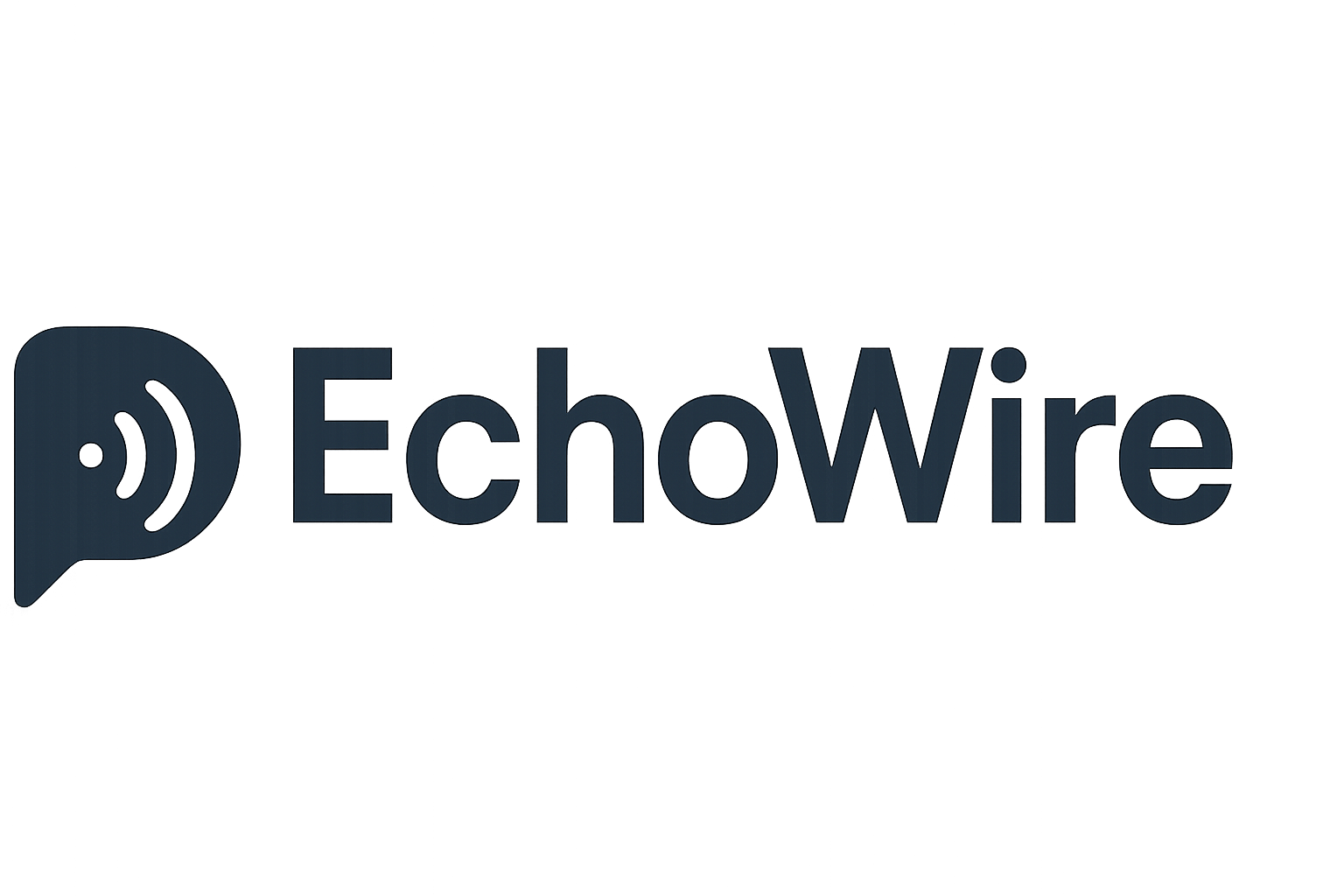Home prices are no longer a reliable wealth-building tool as they continue to slump and fail to keep up with inflation, according to S&P Global. Prices have been falling on a monthly basis, while President Donald Trump’s tariffs have kept inflation sticky and high mortgage rates have weighed on demand.
“For the first time in years, home prices are failing to keep pace with broader inflation,” said Nicholas Godec, head of Fixed Income Tradables & Commodities at S&P Dow Jones Indices, in a statement Tuesday. “The last time that happened was mid-2023.”
The latest S&P CoreLogic Case-Shiller home price data showed that the 20-city index slipped 0.3% in June from the prior month, marking the fourth straight monthly decline. On a yearly basis, the 20-city composite rose 2.1%, down from 2.8%, while the national index saw a 1.9% yearly gain, down from 2.3%. By contrast, the consumer price index rose 2.7% in June.

From Pandemic Boom to Real Wealth Decline
“This reversal is historically significant: During the pandemic surge, home values were climbing at double-digit annual rates that far exceeded inflation, building substantial real wealth for homeowners,” Godec explained. “Now, American housing wealth has actually declined in inflation-adjusted terms over the past year—a notable erosion that reflects the market’s new equilibrium.”
Weak prices signal muted demand even during what is normally peak buying season. Sales of existing homes have only inched up slightly and remain subdued, while sales of new homes are falling with prices down.
Also Read: Warren Buffett’s billion-dollar secret revealed: Why he’s hoarding cash and betting big on Japan
Analysts Sound Warnings
Conditions have deteriorated so much that Moody’s Analytics chief economist Mark Zandi sounded the alarm on the housing market last month. Analysts at EY-Parthenon added to the gloom on Tuesday, warning that home prices will turn negative on an annual basis by year-end due to soft demand and rising inventories.
Home listings are up 25% from a year ago, while inventories have grown for 21 consecutive months. Builders are treading carefully, given weak demand and still-high construction costs. “Looking forward, the housing market is expected to stay stagnant, as slowing income growth and persistently high borrowing costs continue to limit demand,” EY’s report said.
A Shift Toward a New Normal
Despite the downturn, Godec suggested there could be a silver lining. “Looking ahead, this housing cycle’s maturation appears to be settling around inflation-parity growth rather than the wealth-building engine of recent years.”
Pandemic-era hot spots in the Sun Belt have cooled, while demand is shifting toward established industrial centers with stronger fundamentals like job growth, affordability, and demographics.
“While this represents a loss of the extraordinary gains homeowners enjoyed from 2020-2022, it may signal a healthier long-term trajectory where housing appreciation aligns more closely with broader economic fundamentals rather than speculative excess,” Godec added.




